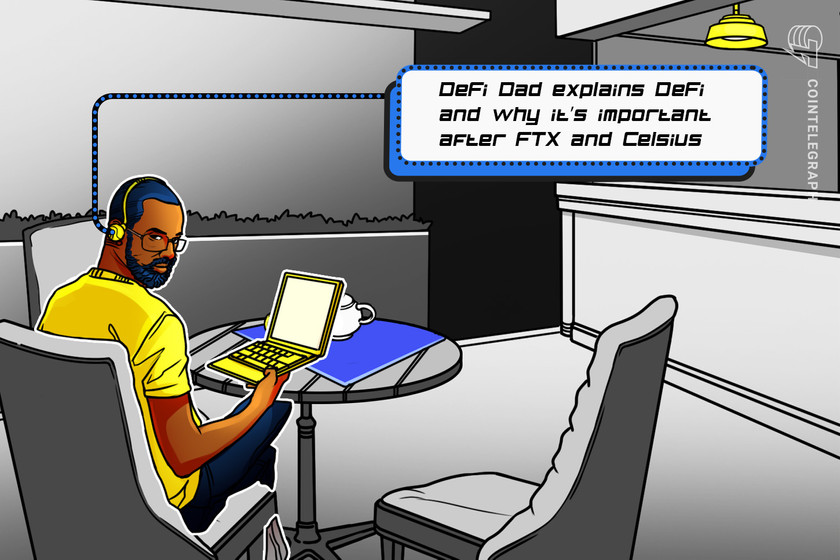Hashing It Out: A case for Web3 chat apps with Push Protocol’s Harsh Rajat


Harsh Rajat, founder and project lead of Push Protocol, explains the surge in the development of Web3 chat applications on the latest episode of Hashing It Out.
Episode 39 of Hashing It Out features an interview with Harsh Rajat, founder and project lead of Push Protocol, who talks about the Ethereum ecosystem and the future of on-chain chat apps.
Rajat articulates that his innovations in the cryptocurrency industry were inspired by his background working on mobile applications.
Rajat believes the Ethereum ecosystem is where innovation happens in the blockchain space.
On recent developments in the Ethereum ecosystem, Rajat says that having multiple layer-2 networks is a good thing.
Another development that Rajat is more familiar with is the surge in chat applications built on Ethereum.
“Web3 relies on communication before it can even rely on features.”
The rest of the episode discusses wallets as Web3 identities, the use cases of token-gated group chats and the future of the Ethereum ecosystem.
Magazine: Pudgy Penguins GIFs top 10B views, CEO sets sights on Disney, Hello Kitty: NFT Creator




























